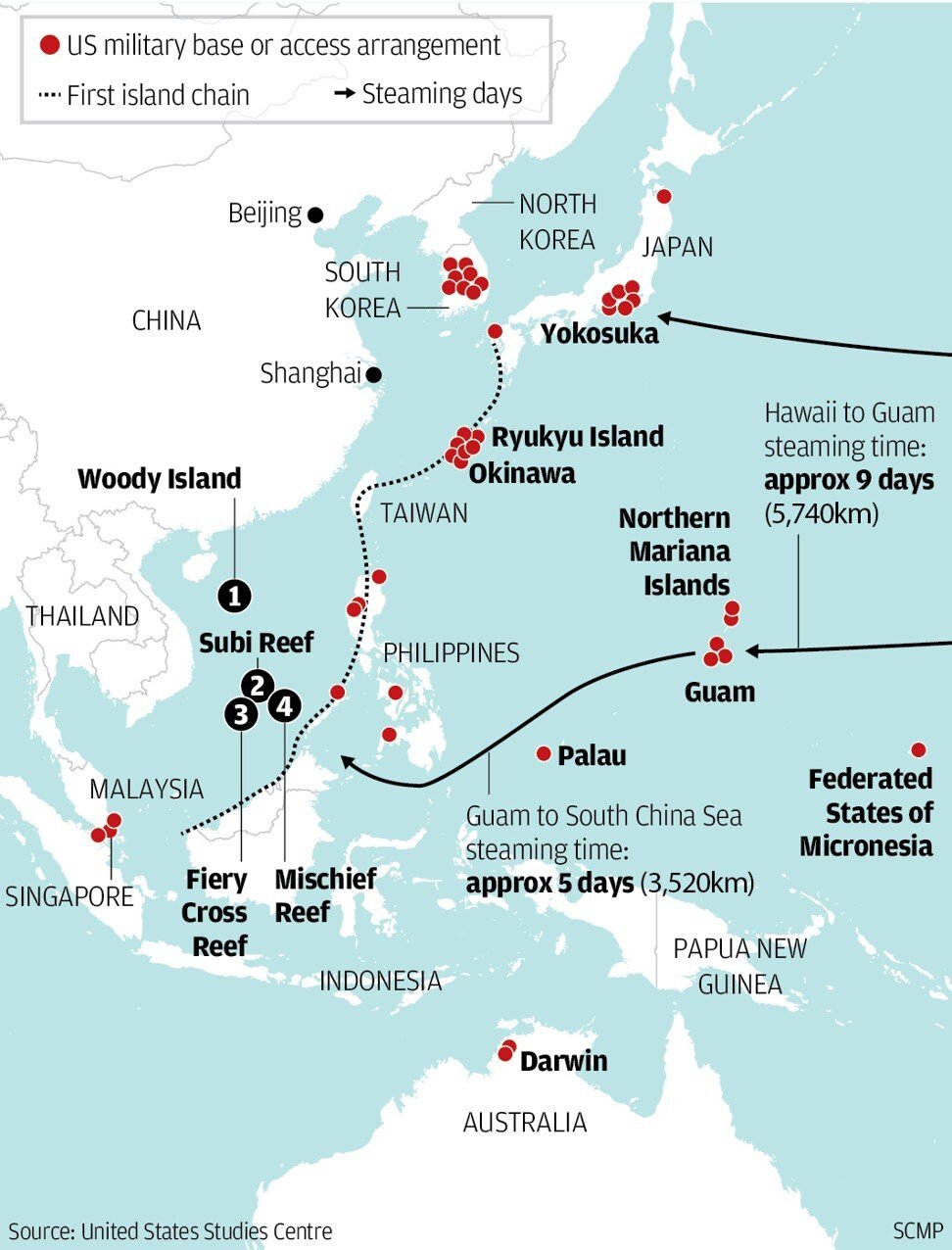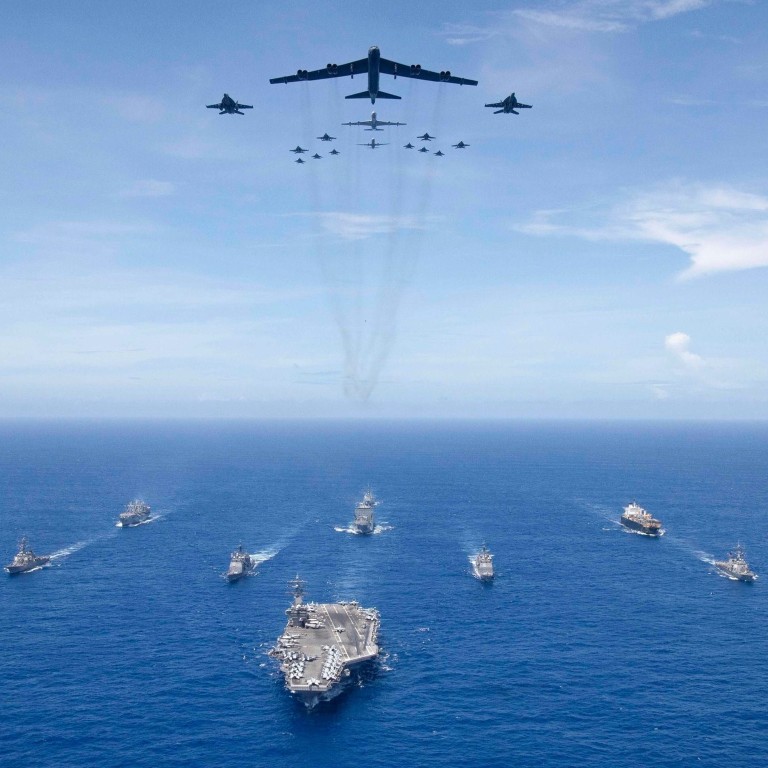
In a US-China war, whose side is Southeast Asia on? Philippines, Singapore and Malaysia ponder the unthinkable
- Amid China’s military drills near Taiwan and fears that the South China Sea is becoming a proxy for Washington and Beijing’s deepening rivalry, Asian analysts are considering the worst-case scenario
- Caught between superpowers clashing in their own backyard, Southeast Asian nations might find staying neutral is not an option
Across Southeast Asia, scenario planning exercises by analysts and policymakers preparing for the unthinkable – a military clash between the world’s two largest economies in their backyard – has taken on added significance in recent weeks.
The question “What will happen if a shooting war erupts between China and the US?” has played on the mind of Manila-based defence researcher Jose Antonio Custodio.
“This country can’t say, ‘leave us alone’ – exigencies of war will take over,” says Custodio, a non-resident fellow of the think tank Stratbase ADR Institute.
The Philippines suffers from a bad hand in dealing with a superpower war.
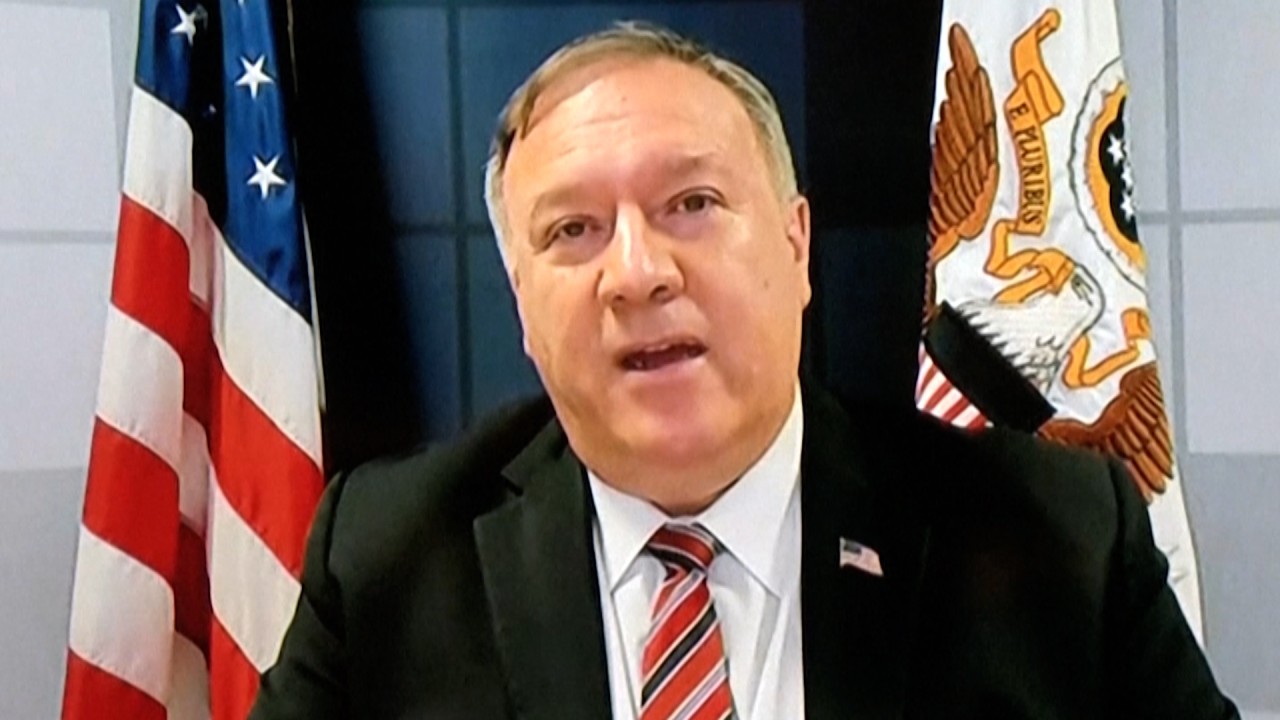
00:53
South China Sea: Don’t let China ‘walk over us’, says Pompeo during Asean meeting
Custodio, who served three years as a researcher and analyst under the deputy chief of staff for plans of the Armed Forces of the Philippines, notes how, for US naval forces, “the quickest route from the central Pacific to the South China Sea would be through the Philippines”.
“Balintang Channel [at the country’s northern tip] and Surigao Strait [which runs through the archipelago’s midsection] – the US would just seal those off, to prevent the Chinese from breaking out [into the Pacific].”
Explainer | South China Sea: the dispute that could start a military conflict
Custodio envisions “there would be bilateral and unilateral movements, there’ll be overflights of US aircraft, all that is going to happen in the event of a general war between China and the US”.
An American colony hosting US air and naval bases, the Philippines earned the dubious distinction of suffering two major amphibious invasions, first by the Japanese in 1941, then by the returning Americans in 1944. The invasion, occupation and “liberation” devastated the country, causing the death of more than half a million Filipinos. Manila was all but obliterated.
BATTLEGROUND ASEAN?
“In an actual Sino-US conflict in the region, it would be very difficult for smaller regional powers to maintain neutrality or to remain outside the conflict,” says Olli Pekka Suorsa, a research fellow in the maritime security programme at the S. Rajaratnam School of International Studies (RSIS).
He notes how “due to their geostrategic location, much of maritime Southeast Asia would be embroiled in such a conflict, whether they like it or not”.
US-China tensions: is war the endgame in the South China Sea?
Beijing sent more than 20 aircraft into Taiwan’s air defence identification zone last week while Reuters reported the US was planning to sell Taiwan up to seven major weapons systems – including mines and cruise missiles – to help it defend itself.
The Pentagon in a new report also claimed China’s defence budget, officially reported at US$174 billion last year, was probably more than US$200 billion – an allegation Beijing described as “libellous” and “provocative”. The US military budget last year was US$686 billion.
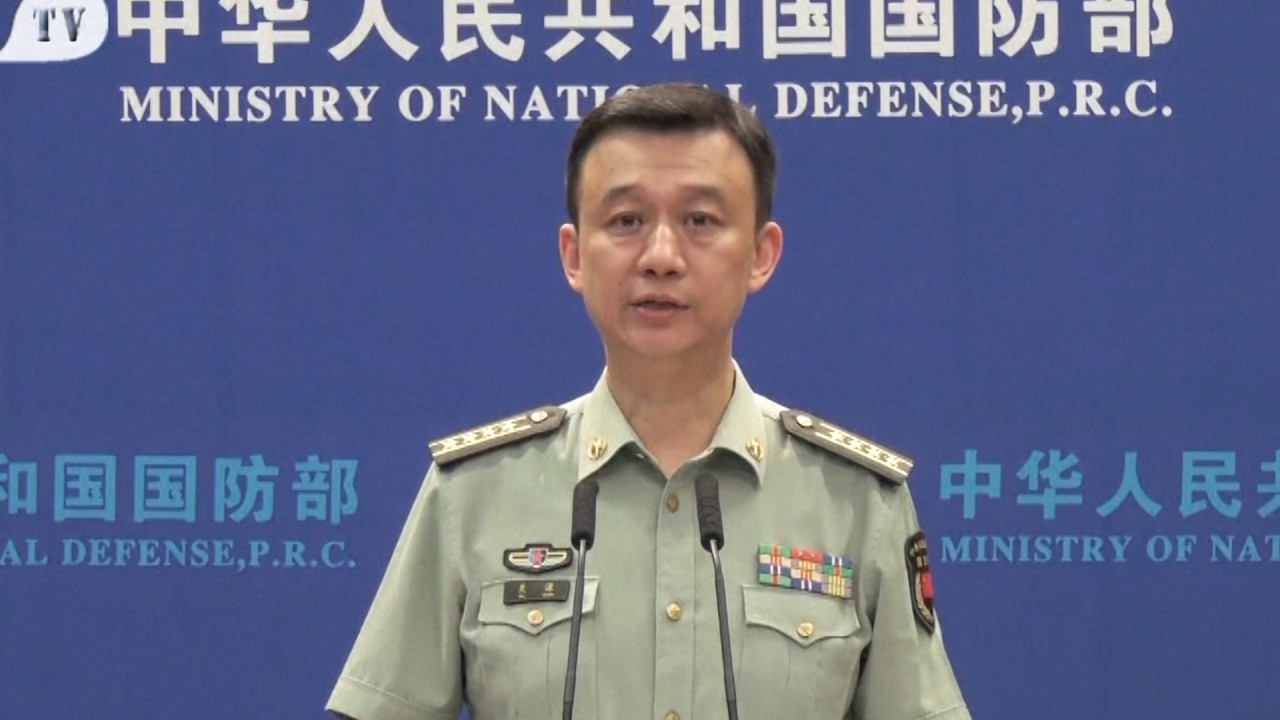
00:51
China says military drills in South China Sea target no particular country
Derek Grossman, a senior defence analyst of Rand Corporation, says that “although Singapore still greatly supports US objectives and the US can do all kinds of things militarily in Singapore, now there is a China-Singapore defence agreement as well that allows China access to Singapore, not to the same extent that the US has, but the door is now open”.
He adds that “some of the statements coming out of Singapore recently suggest it is increasingly uncomfortable with US behaviour in the Indo-Pacific”.
US-China military clash a ‘real danger’ before November: ex-Australia PM
Despite the sabre-rattling, “a full-blown war can be ruled out at this point; there is no actual military build-up in the region”, thinks former senator Antonio Trillanes, a retired naval officer.
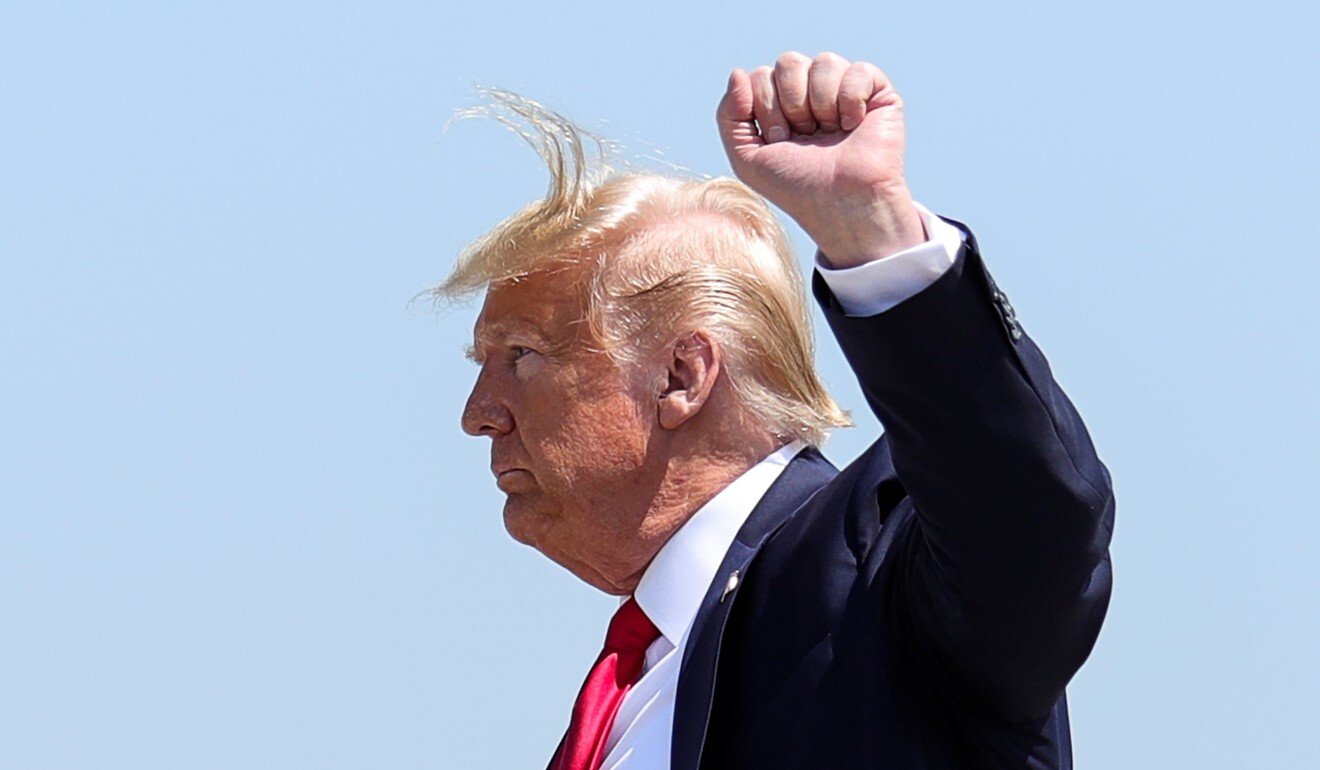
Trillanes warns that “we should expect the rhetoric to escalate in the lead-up to the US election. [War] may or may not be used as a last-ditch game-changing election issue”.
To Montero, “the most likely trigger for a conflict will be a shooting engagement between the two forces, most likely to happen at sea, because of miscalculation on one or both sides”. He says that although “both the US and China are expected to officially enforce full restraint of their forces … local commanders are given discretion according to the situation on the ground”. He thinks that “on the Chinese side, adventurous right-wing naval commanders might try to stir the pot”.
Wu Shang-su, a research fellow at RSIS, says there is “no doubt” that China is considering the possibility of a US-China conflict, citing how many of its weapon systems are designed to counter US military capabilities.
Some scenarios Beijing would have taken into consideration would be those in the maritime domain, particularly the East China Sea and South China Sea and Taiwan, adds Wu, who previously worked at the National Defence University and the Legislative Yuan in Taiwan.
“The Chinese leadership would be highly [aware of] the risks of armed conflicts, and the key factor would be the balance of costs and benefits of such operations in their minds.”
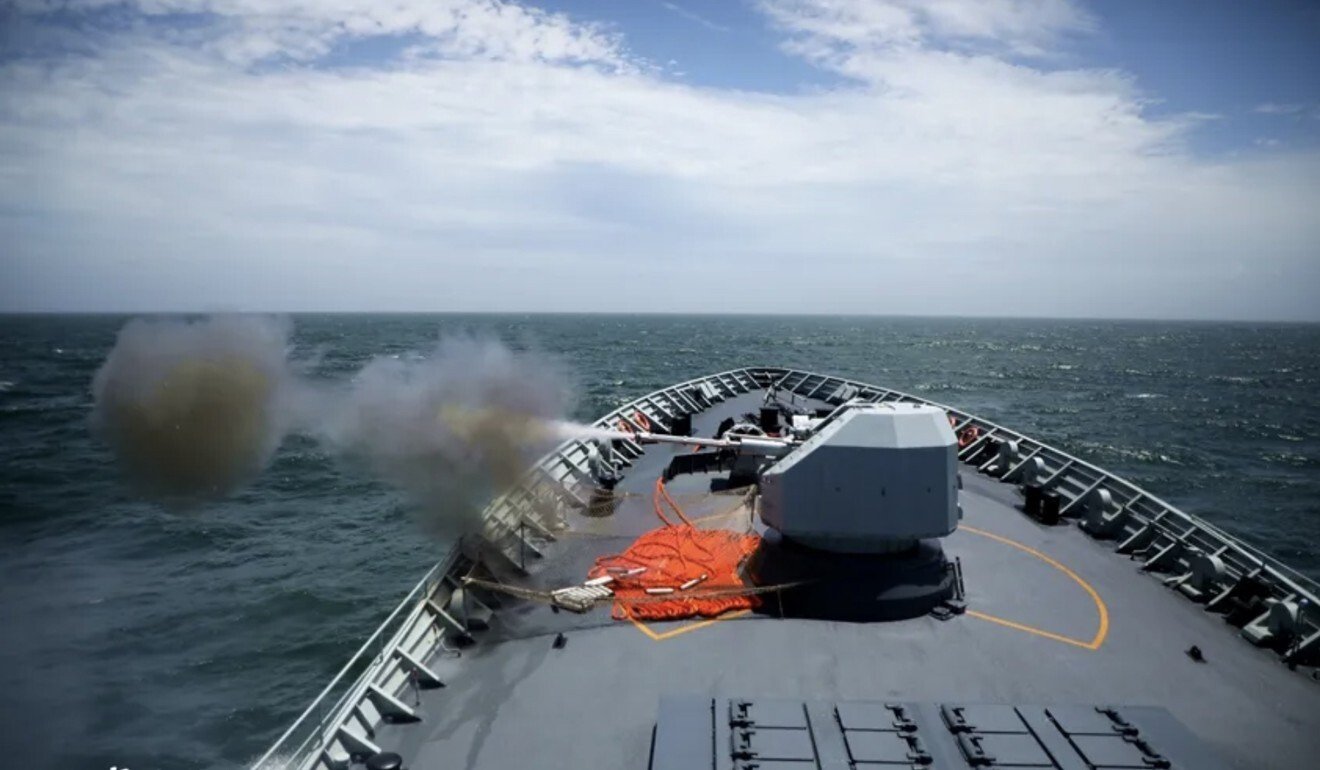
IN THE FIRING LINE
According to Wu, if countries feel that their “non-negotiable” interests are threatened by China, it would be “natural” of them to support US intervention.
Asked about Thailand – the other US treaty ally in Southeast Asia – Joshua Kurlantzick, a senior fellow for Southeast Asia at the Council on Foreign Relations, says “although US-Thailand relations have deteriorated somewhat in recent years, I do think that, if it came to an actual conflict, then Thailand would, at least at this point, still offer basing and berthing rights to the US”.
One world, two empires: Is China-US conflict inevitable?
“However, I do think this could change, and whether Thailand offered basing rights also would depend in part on the nature of the US-China conflict, whether it was a skirmish in the South China Sea, for instance, or something larger.”
Malaysia, Indonesia and Singapore could also find themselves drawn into the conflict because they sit astride one of China’s vital economic arteries, the Malacca Strait.
According to Suorsa, “Beijing fears that the US could cut off its access to Middle Eastern oil and gas, quickly drying China up of the crucial resources”. Chinese leaders have termed this the “Malacca Dilemma”.
“For these realities,” Suorsa says, “Malaysia and Singapore could be engulfed in a great power conflict.”
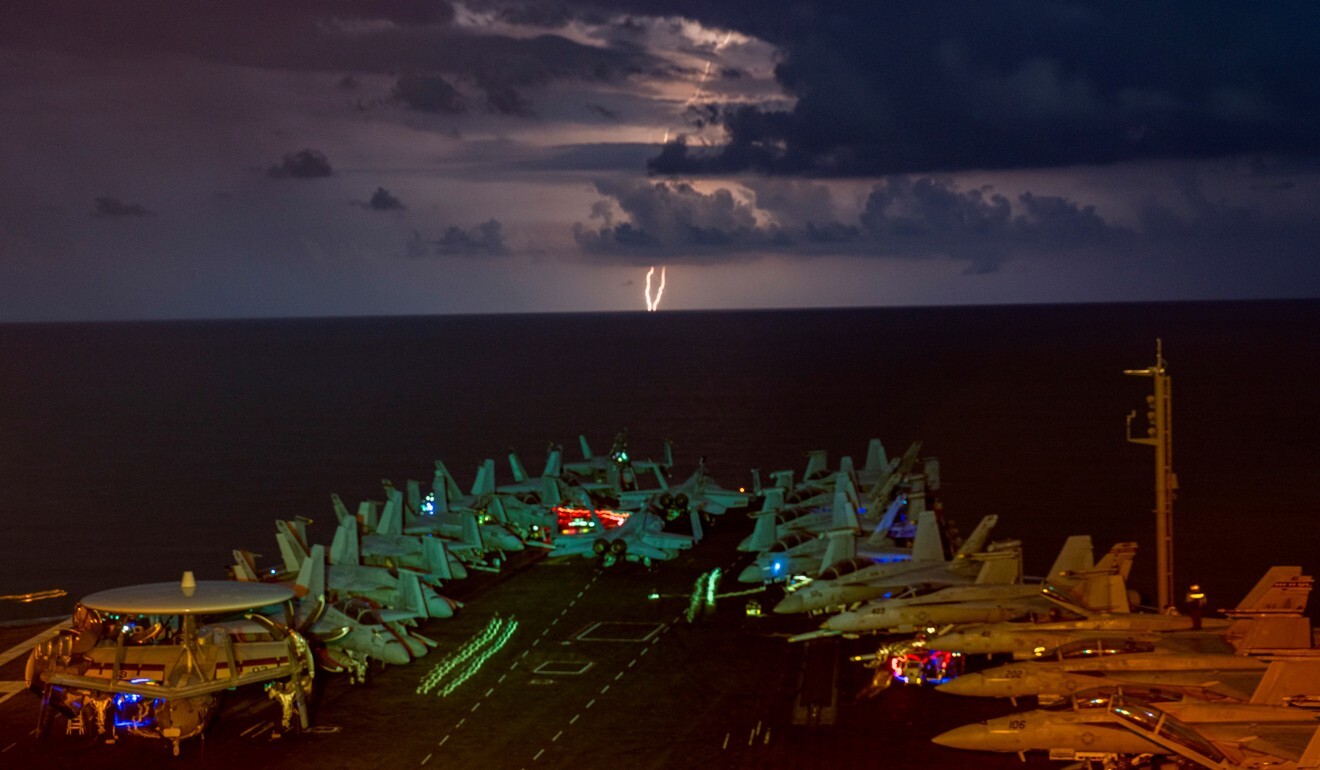
The first response of the two would probably be to declare their neutrality and increase naval operations. Collin Koh, also a research fellow at the RSIS, says Malaysia and Singapore would protect their sea lanes of communication, dispatching surface and subsurface assets to monitor the situation, or deploying aerial assets.
If Malaysia and Singapore choose to secure their sea lanes of communication with partners such as the US, this would cast doubt on their definition of “neutrality”.
As Koh delicately puts it: “Even such operations, as neutral as it sounds, would still be rendered in different light by other parties in the manner they choose.
China is planning an economy that can survive a protracted war
“These countries [Malaysia and Singapore] could make public statements declaring neutrality, but it’s hard to ignore the fact that such statements and how military deployments are perceived on the ground can be different.”
The two would also be under unremitting pressure. David Boey, a former member of the Singapore defence ministry’s advisory council on community relations in defence, thinks Washington would “force” Singapore to take a stand, pointing out how former US president George W. Bush forced countries to take an unambiguous stand following the September 11 terrorist attacks.
“Washington has many levers to pull, particularly with the Singapore Armed Forces [which is] so heavily equipped with American armaments.” Boey adds that “the presence of a United States Navy logistics unit at Sembawang Wharves and the occasional deployment of US Navy Littoral Combat Ships to Singapore’s Changi Naval Base could further compromise Singapore’s stance not to choose a side in any Sino-US dispute”.

Malaysia, too, might not stay out of the conflict for long. Huong Le Thu, senior analyst at the Australian Strategic Policy Institute, says neutrality would depend on the reasons why the war broke out, and how it was being conducted. But if it was over the territorial disputes in the South China Sea, Malaysia, as a claimant state, would not be able to stay neutral.
Even then, according to Thomas Benjamin Daniel, a senior analyst at the Institute of Strategic and International Studies, the country’s options would be limited. He notes that Malaysia’s defence spending is historically among the lowest in Southeast Asia, with an average of 1.5 per cent of its GDP. This, Daniel says, is due to multiple competing economic and political priorities.
“There has been a recognition that some of Malaysia’s immediate and foreseeable security issues require greater commitment in the aerial and maritime domain. That being said, the resources needed to mitigate this fall critically short.”

Because of this, Daniel thinks Malaysia’s “first and most effective” response to a US-China conflict would be diplomacy. “I foresee urgent diplomatic undertakings, in coordination with other like-minded countries, to head off any potential conflict, or mitigate the spiralling of accidental incidents.”
Eric Gomez, director of defence policy studies at the Cato Institute, thinks the lack of mutual defence treaties with Washington would make it easier for Malaysia and Singapore to stay neutral as long as the conflict remains geographically constrained to the northern or eastern parts of the South China Sea.
“Combat around the Paracel and Spratly Islands would be very far from both Singapore and Malaysia, which would make strikes against their territory or military forces a remote possibility.”
Chinese missiles likely to cripple Asia-based US forces in event of conflict: report
On Wednesday, US Secretary of Defence Mark Esper announced an ambitious plan to increase the navy’s fleet of unmanned and autonomous ships, submarines and aircraft to combat China, which is now seen as the primary threat to the US.
Australia’s 2020 Defence Strategic Update, released in July, had taken into account, among other things, the concern over China’s increasing use of “coercive statecraft”.
“The important thing about Australia’s defence strategic updates is that it is not simply about the defence of Australia. It is about prioritising the defence of Australia’s regional security interests which include our interests in Southeast Asia and the Pacific,” said Townshend.

UNDERGUNNED
Signed in 1951, the Mutual Defence Treaty between the US and the Philippines commits the two signatories to support each other in the event either is attacked by an external party.
A senior Philippine military official, requesting anonymity, says that in a war “we can remain neutral, but if China attacks the US, we are obliged to help the US”. He says Philippine planners have drawn up scenarios in case of a US-China war, but these are secret. He adds that the Philippine military is capable of “minimum credible defence, we can defend our territory”.
To Montero, the Philippine military is still a long way from fulfilling that mission. “The purpose of the armed forces modernisation programme was to build a minimum credible defence posture, enough to fight smaller conflicts with peer countries like Malaysia, and to delay the advance of a more powerful opponent like China. But the military has not reached its targets, with the programme Horizon 1 phase still incomplete until now – and the Horizon 2 phase, covering 2018 to 2022, is still less than 20 per cent complete.”
These US-China military tussles are how next world war begins
This means the Philippine military is not only undergunned, but it also has less equipment than its plans envision. “The lack of hardware highlights the ill-preparedness of the armed forces, coupled with the slow procurement process, corruption and lack of full support from the executive and legislative branches.”
“Honestly,” says Montero, “the Philippine military is only capable of conducting security operations, with very limited external defence capability.”
In his judgment, “the Armed Forces of the Philippines [AFP] are not much different from the Philippine military in 1941”.
At the heart of the matter, he claims, is the fact that the Philippine armed forces are largely equipped with US weapons and trained along US lines.
To Montero, the Philippine military “was designed to ultimately work with the US against a more powerful aggressor … it was not designed to fight alone, and until it becomes powerful enough to really stand on its own, I don’t expect major changes in the arrangement.”
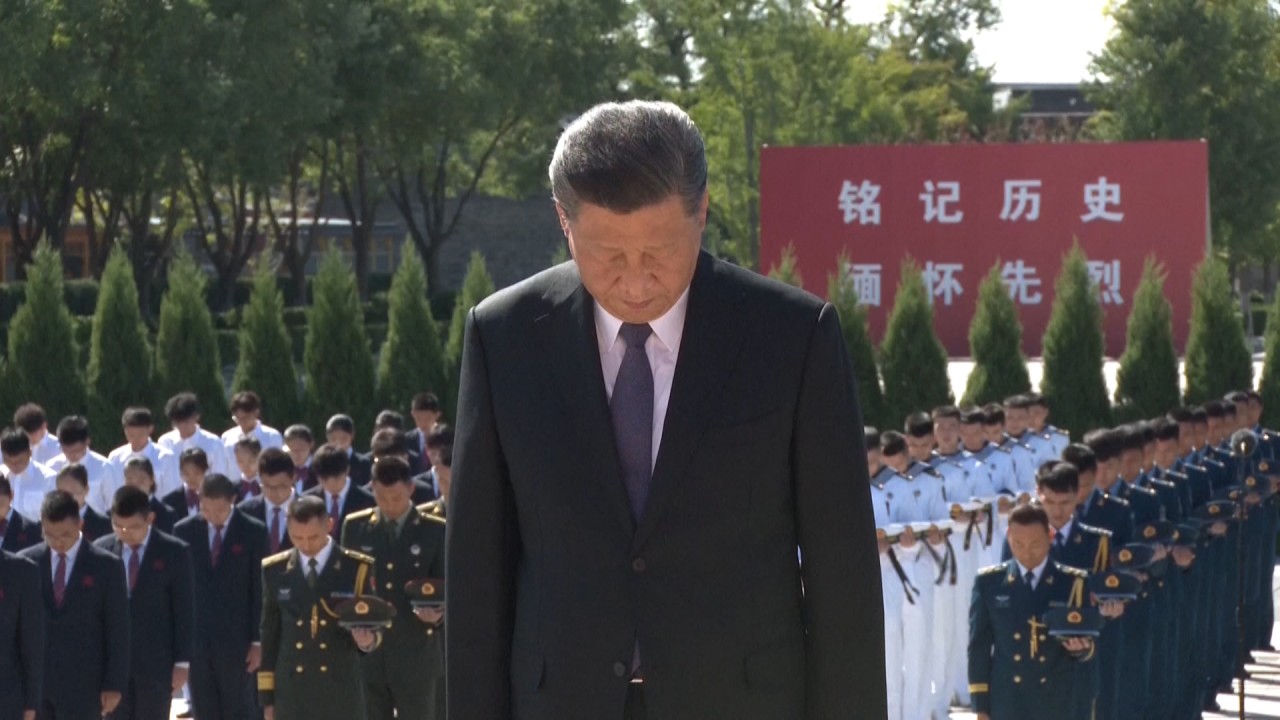
03:23
Chinese President Xi Jinping commemorates 75th anniversary of end of World War II
Last month, Locsin said the Philippines would invoke the defence agreement if China attacked any Philippine naval vessel or aircraft.
Sources say the Philippines, faced with the reality of superpower forces ploughing through the South China Sea, is now trying to “recalibrate” its diplomacy.
Retired diplomat Lauro Baja, who was twice president of the United Nations Security Council, scoffs at what the government is doing and says “Philippine foreign policy needs clothes – we haven’t really hidden anything from the international community, we talk too much.”
He thinks Locsin “doesn’t know what to do with Duterte’s pronouncements”.
Former senator Trillanes, a Duterte critic, sees it differently. “Duterte’s deep personal and financial ties with Beijing have pushed him deep into its side. However, the military establishment and the Filipino people have historically sided with the US, so it would be an extremely difficult situation for him politically.”
In the event of a war, Trillanes thinks that “most likely the Philippines will vacillate as it waits for Duterte to resolve his geopolitical dilemma; at that point his Beijing friends would probably ask him to pay back some of the favours he owes, in which case he would have to decide whether or not he wants to face the wrath of the Filipinos.” ■
Additional reporting by Jitsiree Thongnoi



